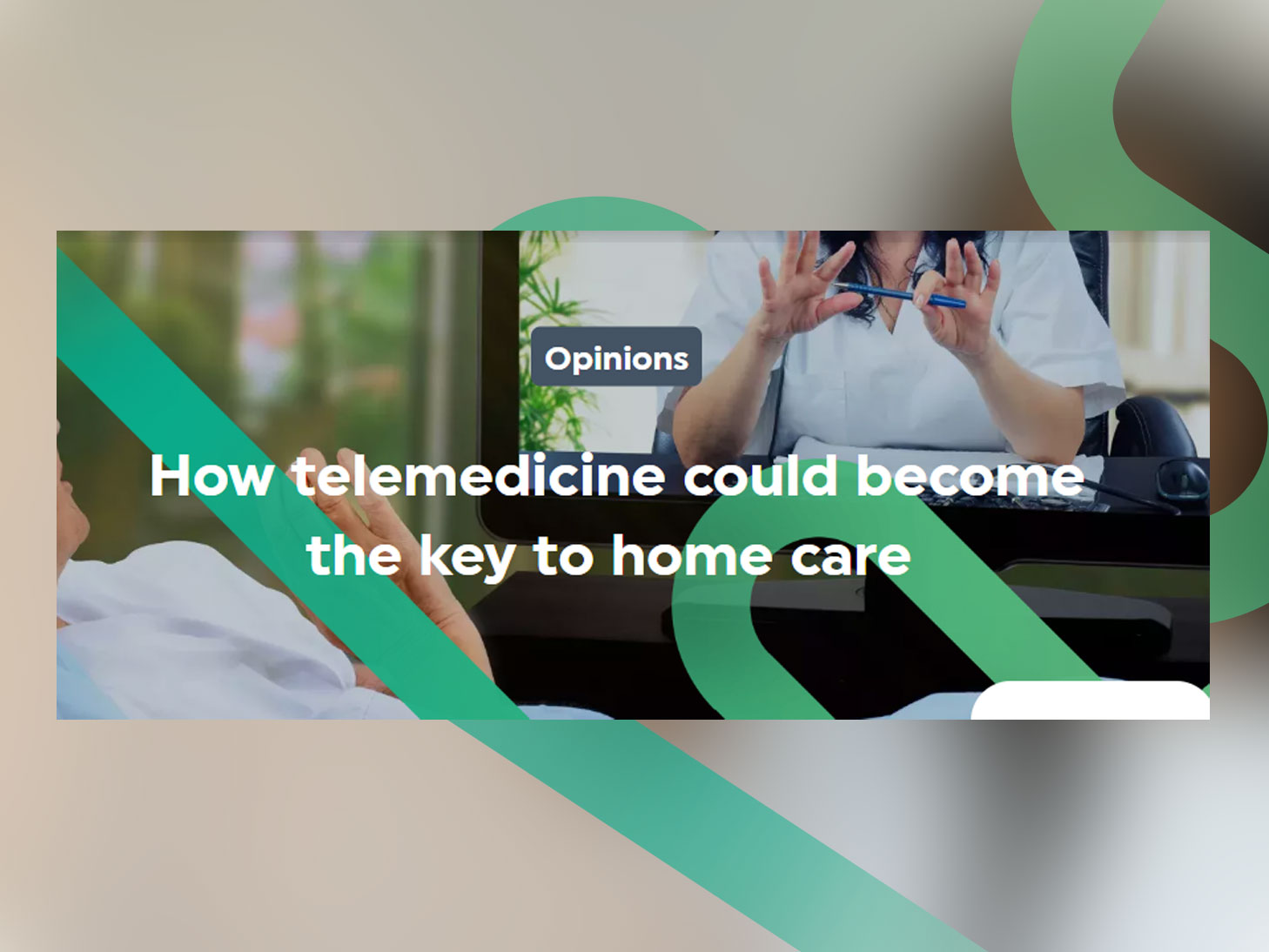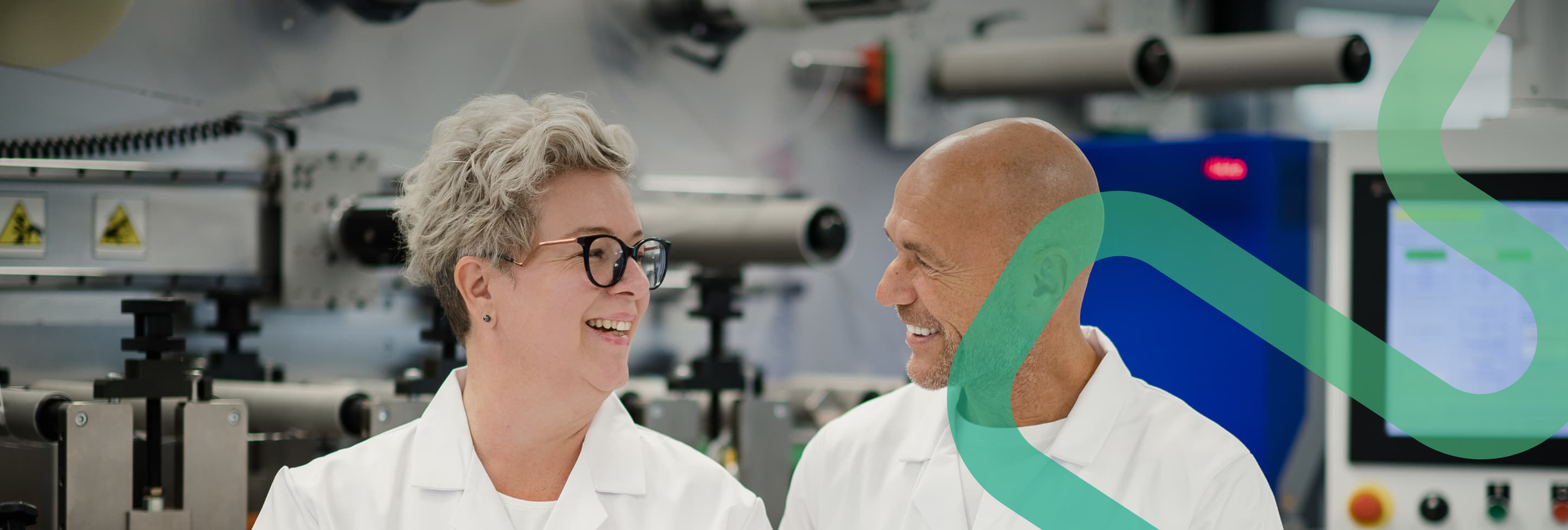How telemedicine could become the key to home care

Guest column by Yvan Malépart, Senior Vice President Global Sales and Marketing, Linxens
Telemedicine, or remote medical monitoring, allows a healthcare professional to remotely interpret the data needed to monitor a patient’s health and, if necessary, take action to manage the patient. While this device is already well established in the United States, it is not yet as developed in Europe. After having been the subject of an experiment in France between 2014 and 2021, with the ETAPES program, remote monitoring was to become part of common law and thus be generalized by July 1, 2022 at the latest with the Social Security Financing Bill (LFSS). This decree, which will specify, among other things, the pricing and conditions of patient care, has finally been postponed to a later date.
As the Forum Labo approaches, how do industry experts see the remote monitoring market evolving?
Remote medical monitoring, a growing market…
The world, and the United States in particular, have an appetite for remote monitoring. Indeed, the amount of investments in digital health was 5 times higher in 2021 than in the rest of Medtech, with American investments being particularly active. The validation of a legislative framework should allow Europe to attract more investors. The postponement of the application of this decree is therefore a source of tension because many companies have an economic interest in remote monitoring, but also because it will lead to profound changes in patient care.
While it is true that Covid-19 has facilitated the adoption of these technologies by North American healthcare professionals, it is the long-term trends such as the scarcity of healthcare professionals, particularly specialists (this is likely to continue for another twenty years), the aging of the population and the explosion in the number of pathologies and chronic diseases, that will change the lines in France. Behind the acceleration of the implementation of these measures is the desire to change the healthcare system in order to relieve hospital overcrowding and provide access to care, particularly in medical deserts.
Companies have clearly understood that this is a market of the future and that with the entry into force in common law of the framework for the coverage of remote monitoring for the 4 chronic diseases that have the greatest impact on the healthcare system (diabetes, chronic heart failure, chronic renal failure and chronic respiratory failure), the potential is enormous.
…And driven by start-ups
Numerous start-ups are proposing well-developed technological solutions, but they are held back by the legislative lever that does not allow patients to be reimbursed. In addition, the creation of medico-economic data requires significant investments for these small structures.
However, the large groups are not left out. It is true that the latter are more easily attracted to hospital monitoring, but some of them have clearly understood the stakes behind remote home monitoring and are ready to take over the market. Their objective is to buy the most promising startups when the market is mature in order to accelerate the development of technologies. For both parties, this is a win-win agreement as these small structures will then benefit from the large network of the big groups.
At the same time, some large groups already offer their remote medical monitoring solutions without reimbursement codes and generate economic data for years before lobbying the health authorities to obtain them. To embark on such a project today requires a strong backbone.
While this is certainly a sector full of potential, the remote medical monitoring market is not yet structured. The entry of remote monitoring activities into common law will allow for the deployment of remote monitoring devices and therefore a growth in the market. This market will then consolidate and should allow start-ups to attract more investors and, for companies that are ready to market their solutions, to generate profits. However, it is important to remain cautious because this market can also be shaken if the legislative framework changes, as was the case in the United States in 2021 when the reimbursement rates for remote monitoring care were revised downwards.

